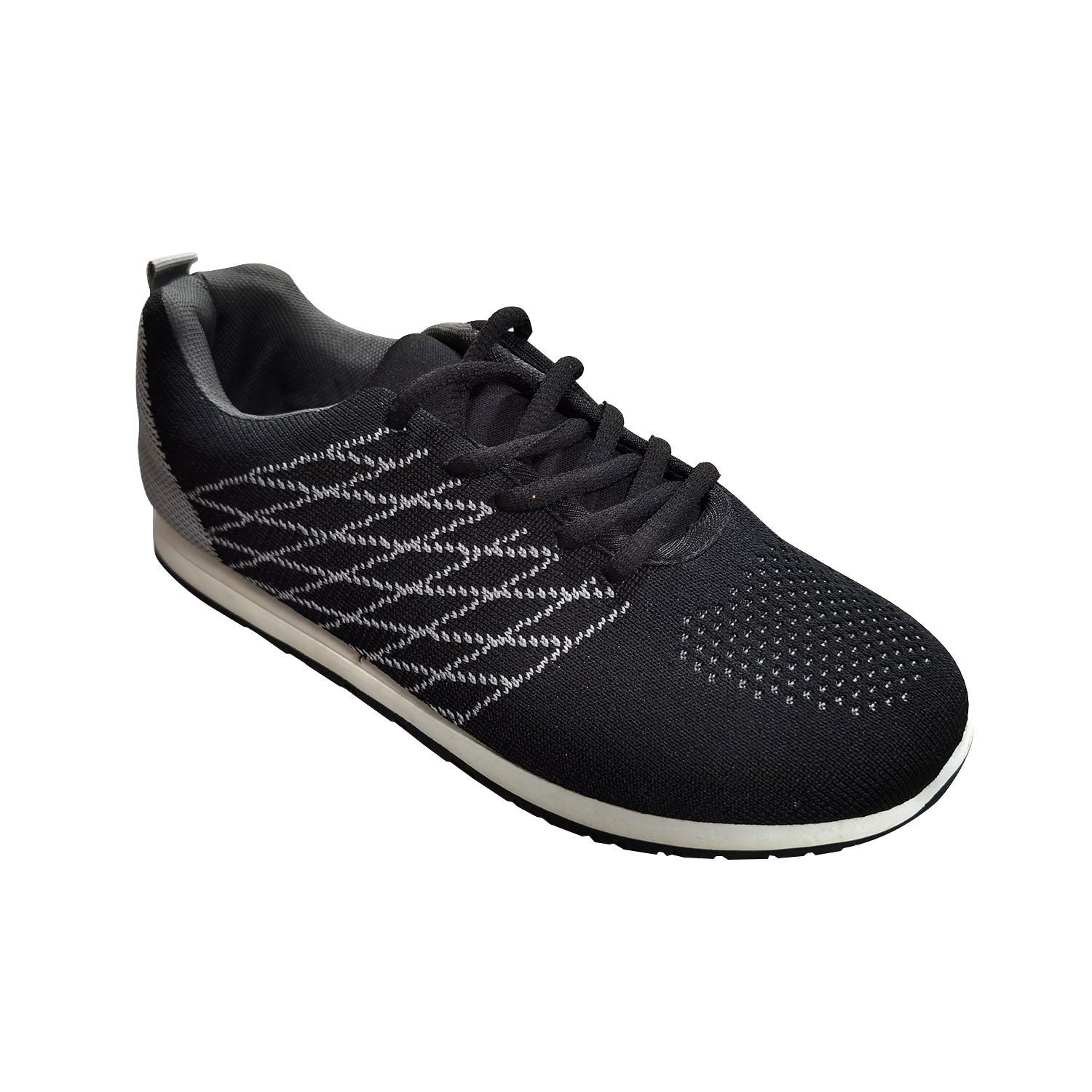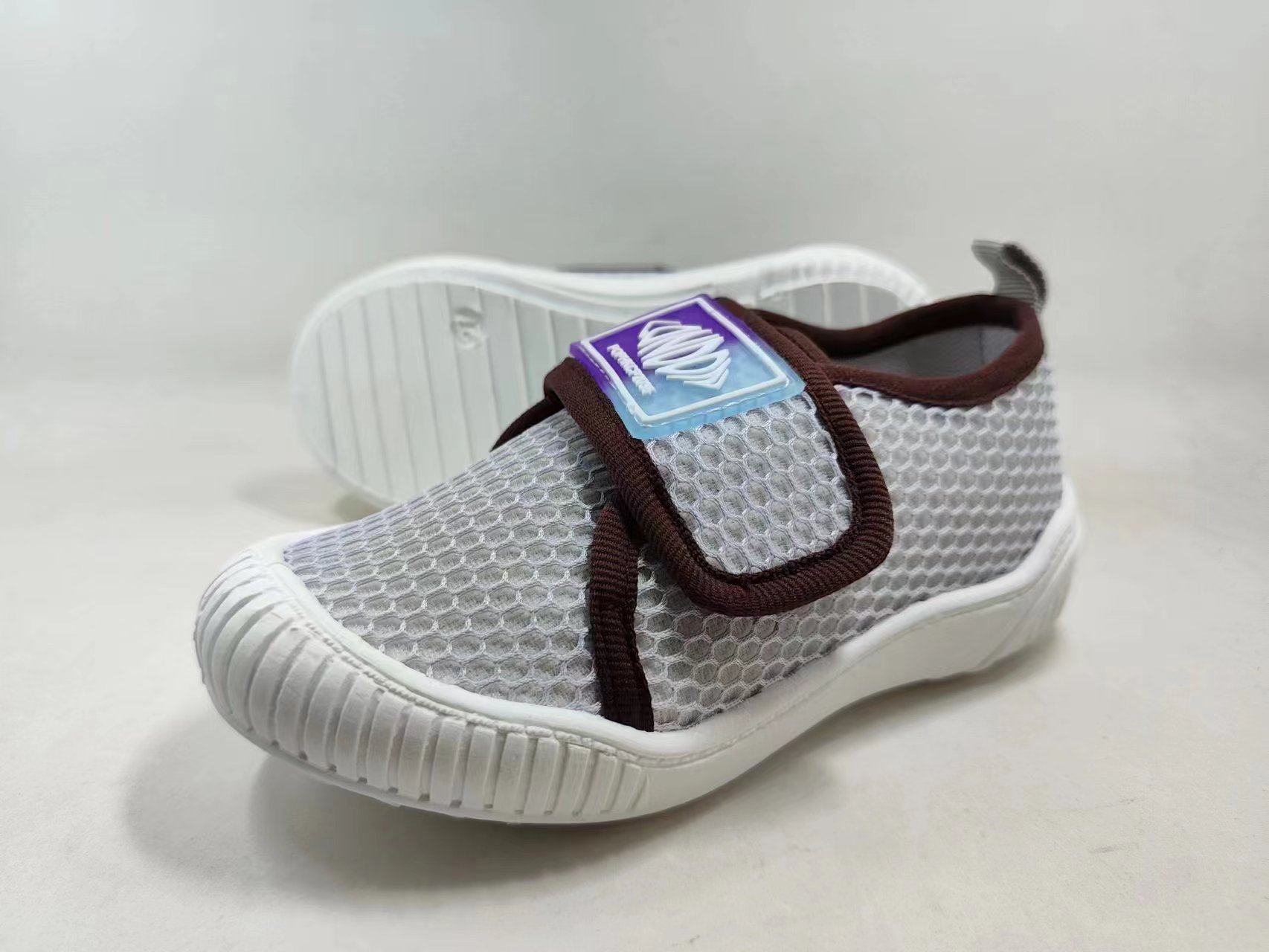Every product is carefully selected by our editors. If you buy from a link, we may earn a commission.
No sandal brand has sustained like Birkenstock. Here's why (and which to buy). Mens Slipper Us Size 13

Reviled and revered, Birkenstock has made its mark, not just on the shoe industry, but the fashion industry as a whole. From having quite literally invented the footbed to teaming up with legendary designers, the brand has come a long way since its first steps.
And for a brand that's older than the United States, you'd expect there to be a lot of impact. We're taking a deep dive into the German brand's history, significance and men's products.
Among the most famous of Birkenstock's shoes, the Boston features a clog-style design with a closed-toe design and a single adjustable strap. It's a part of Birkenstock's Essentials range of footwear and comes in regular and narrow widths, original and soft footbeds, as well as a range of evergreen and seasonal upper materials.
In all honesty, the Boston Shearling is far more practical than the Arizona Shearling. Because the Boston is a closed-toe sandal, your feet are already protected from the elements. The shearling simply offers warmth and some padding in your step.
Are you an avid sandal-wearer worried about slipping when it's wet outside? Wear the Boston Super Grip, which is just the usual Boston but with better traction.
The two-strap opened-toe design is a signature of the Birkenstock line. Most common in Birkenstock's 'Birkibuc' synthetic nubuck material, the design was first introduced in 1973 and has remained unchanged since.
These are the same as the other Arizonas but made with Birko-Flor nubuck, a material made from PVC designed to look like leather.
Instead of alternative leather, this vegan Arizona uses canvas for its straps. That creates a different look and feel but they're the same sandals.
This is the same Arizona you know and love — not the vegan one, by the way — with a soft, warm shearling liner.
New as of a few years ago, the Arizona Essential is a rubberized version of the classic sandal. It's cheaper, too, creating less of a barrier to entry for some folks.
A thong-style sandal, the Gizeh features an adjustable strap and an open-toe design.
The Milano features a trio of adjustable straps. Like the Arizona, two straps span across the top of the foot while an added third strap wraps around the Achilles.
The Madrid is Birkenstock's oldest design and was first released as a gymnastics sandal. It features a single strap design atop its signature suede-lined cork footbed.
This riff on the Gizeh combines the thong-style upper with the adjustable strap found on the Boston.
The London closely resembles the Boston, with an adjustable strap at the top of the shoe and a close-toe design. However, the London also features a quarter and heel.
The Lugano features a unique, cross-cut, laced upper with a single adjustable buckle.
This modern take on the sandal features a closed upper with a hook and loop strap closure as well as an open-toe front.
The Como is a thong-style sandal like the iconic Gizeh design. However, the Como features an integrated strap that tapers into the insole giving it a sleeker look.
Taking after hiking sandal styles, the Atacama boasts a robust outsole intended for outdoor activities. It's rendered in the Birko-Flor material for the upper and is secured with dual hook and loop straps.
Another design part of Birkenstock's outdoors-focused range, the Tatacoa resembles the Milano with dual straps and a heel strap. However, the rugged outsole, hook and loop straps and clip buckle make it ready for intense wear.
The strapping sandal features two slim straps and an added toe loop.
Intended for occupational use, the Super-Birki is a clog-style shoe made with a PU upper and sole which is water-proof, non-slip, oil- and grease-resistant. It also features a removable footbed.
Like the Super-Birki, the Profi-Birki is designed for on-the-job wear. The main difference here is that the Profi-Birki has a taller back stay, making it more of a slip-on than a clog.
The Birki Air Antistatic features better breathability than its work-appropriate counterparts, but comes with multiple air eyelets for airflow.
Much like the Super-Birki, the A 630 is a clog-style work shoe with water-resistant and slip-resistant features. The upper, however, is designed with a smooth texture rather than a pebbled texture and comes with a suede lining.
The A 640, like the Profi-Birki and A630, features a smooth PU upper with a suede lining and a higher back stay.
The Oswego is a slip-on style sneaker with canvas and suede uppers and an elastic detail. It features a suede lining, a removable footbed, and rubber soles.
The Callan is a casual slip-on shoe made from suede, synthetic microfibers and an EVA sole.
The Montana is a unique shoe that features a leather upper secured with two rivets, shoe laces and no stitching.
This skate-shoe style features leather uppers with a rubber cup sole and sidewall stitching.
This is Birkenstock's take on the Chelsea boot. It features elastic side-gore panels with a leather upper and lugged soles.
The Milton takes after classic desert boot designs with suede uppers, plain toe and two-eye lace-up details.
Built as a house slipper, the Zermatt is a clog-style shoe featuring a cozy wool felt upper, warm shearling lining and a latex sole.
Birkenstock's roots can be traced back all the way to 1774 in Langen-Bergheim, Germany. There, founder Johann Adam Birkenstock worked as a shoemaker and was listed in church archives as a "subject and cobbler".
The next stride in the company's history wouldn't come for a few generations when, in 1896, Konrad Birkenstock began manufacturing and selling flexible footbed insoles. Shortly after, at the turn of the 20th Century, the footbed as we know it today really started to take shape when he introduced the first contoured arch support.
These innovations paved the way for Birkenstock's success and necessitated the opening of a new factory in Friedburg. Eventually, the shoes caught on with health professionals as well and Carl Birkenstock's training courses were even taught by physicians.
In the 1930s, Birkenstock coined the term 'footbed' to describe its anatomically shaped insoles. The name wasn't just clever marketing, however. The footbed was precisely designed to fit the anatomical shape of a foot, ensuring stability and comfort. It featured a deep, concave heel cup to maintain the wearer's natural cushioning at the heel bone; longitudinal arch support and transverse arch support which aids in proper alignment and stability; raised toe bars which give the feet more traction; and generous room at the toe box for comfort.
The footbed is constructed in four parts. The main part of the footbed is its core. It's made of cork and latex mixture which is both flexible and shock-absorbent. The footbed core is then sandwiched between two layers of natural jute fabric which stabilizes the core while allowing it to flex. The final layer is the suede lining. It's soft to the touch and absorbs moisture well, ensuring significant odor control.
The company still manufactures the bulk of its shoes with premium leathers, suede and nubuck in its German factories. Meanwhile, a number of new styles are produced to the same high standards in Portugal. Today, the company has expanded well beyond its celebrated staples, offering innovative new products and applying the Birkenstock spin to tried-and-true designs.
Since making its way to the United States in 1966, Birkenstock has only grown its audience, first finding popularity with the hippie crowd. Though its shoes saw success with free-spirit types, it would also be pegged as an ugly shoe by the fashion elite. As fashion cycles are want to do, however, Birkenstock's infamous shoe eventually grew on its critics, paving the way for other divisive shoes like Crocs and has been fully cemented into the culture as a staple shoe across all style camps.
This it the part of the shoe which the foot rests upon. Birkenstock is famous for having inventing the term and creating an ergonomically designed shoe. It consists of a cork and latex core, between two layers of jute and a suede lining.
Birkenstock has two different footbeds which it uses for its range of shoes. The soft footbed includes all four layers of the original footbed with an extra layer of foam padding just below the suede lining.
The midsole is constructed of natural cork which gives the wearer support and comfort, molding to the wearer's feet.
In addition to footbed options, Birkenstock also makes seasonal footwear with warm shearling lining, which is made from sheep shearling wool.
Short for 'Ethylene Vinyl Acetate,' this is a type of lightweight plastic that is moldable and water-resistant. Birkenstock makes a range of its classic shoes in EVA which makes them ideal for the beach or pool.

Moccasins This collection is Birkenstock's branded step into the luxury space. Here, Birkenstock collaborates with designers like Rick Owens, Valentino and Stüssy to release limited-edition products.